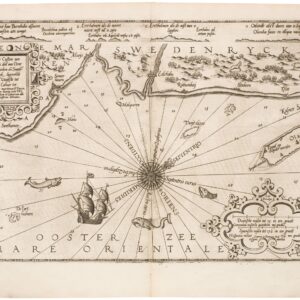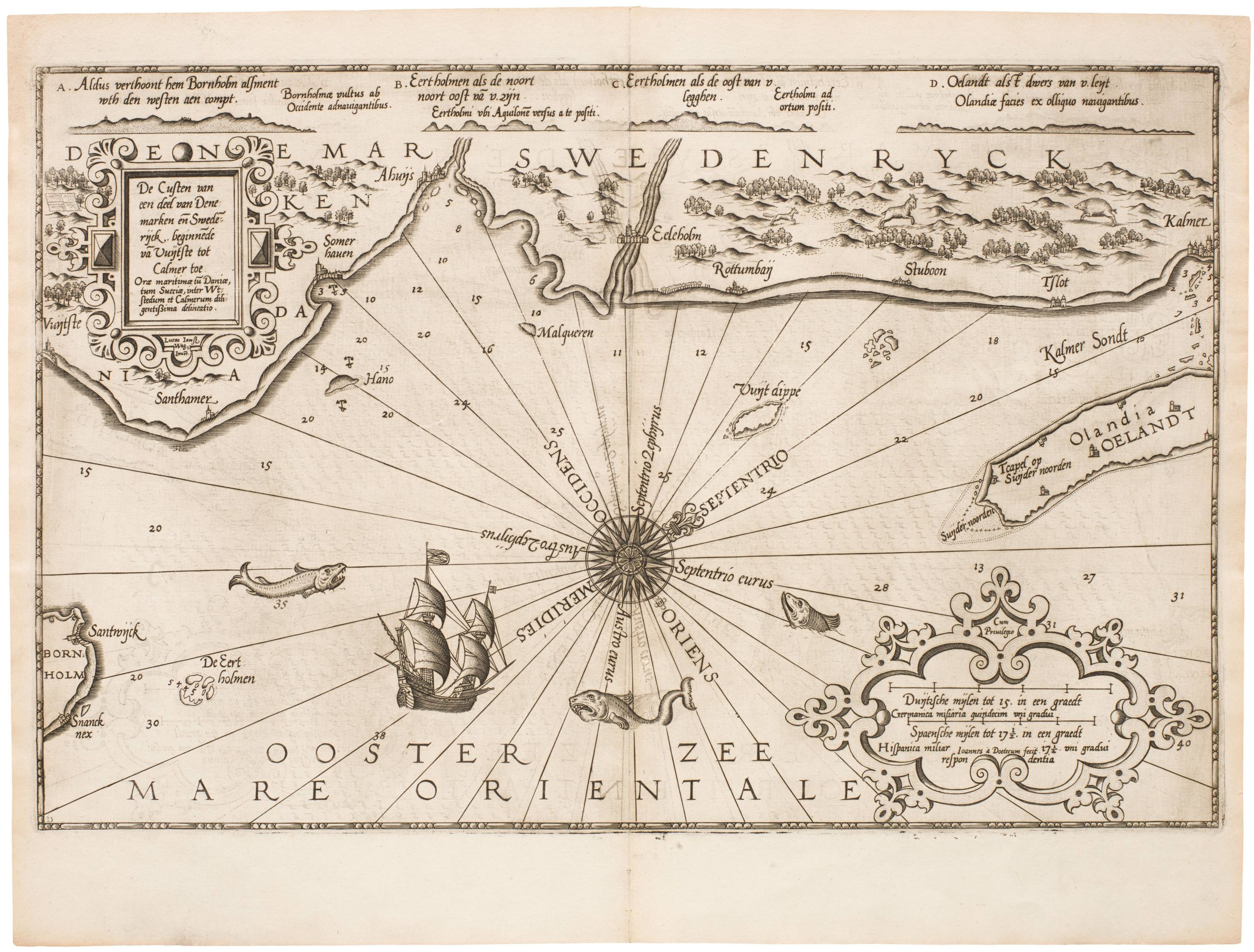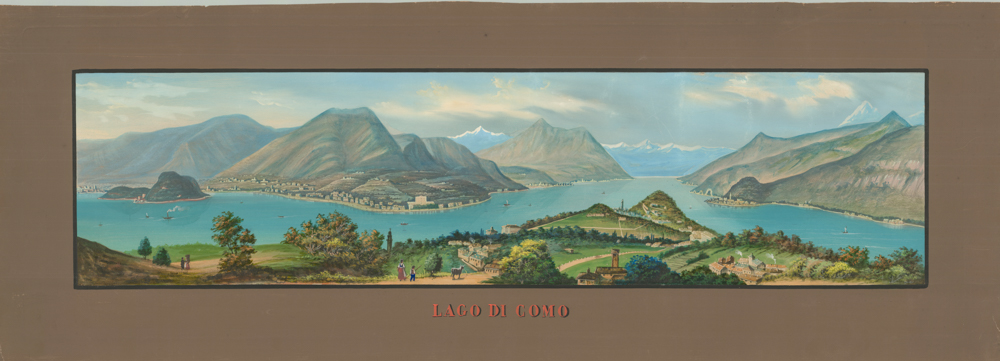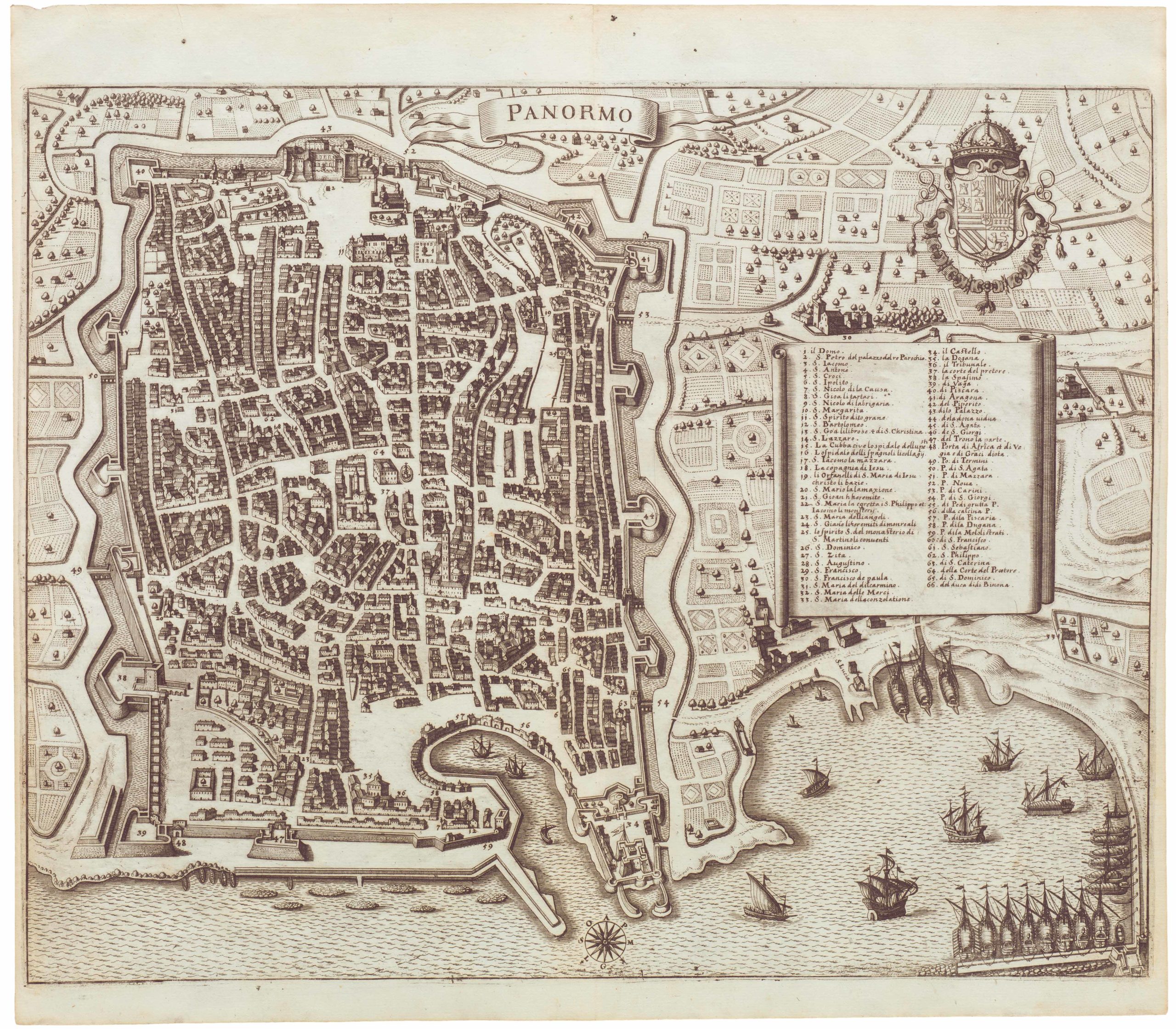Arabic-language WWII Rarity: a Lebanese map of Europe with Molotov–Ribbentrop Pact & Maginot Line.
Europe [in Arabic]
Out of stock
Description
This unrecorded and exceptional map presents the European political situation in the build-up to World War II. It was published in Beirut for an Arabic-speaking audience seeking to understand the escalating hostilities and fast-changing territorial boundaries in Europe at the end of the 1930s. We are aware of no other examples in institutional holdings or on the private market.
The map is undated. Our hypothesis is that it was published at the end of 1939 or beginning of 1940, based on a number of factors. The map has two principal subjects: the borders defined by the German–Soviet Frontier Treaty (a second supplementary protocol of the Molotov–Ribbentrop Pact) and parts of the Maginot and Siegfried Lines.
The Molotov–Ribbentrop Pact, officially known as the Treaty of Non-aggression between Germany and the Union of Soviet Socialist Republics, was a neutrality pact between Nazi Germany and the Soviet Union signed in Moscow on August 23, 1939. In addition to publicly announced stipulations of non-aggression, the treaty included a secret protocol which defined the borders of Soviet and German spheres of influence across the territories of Poland, Lithuania, Latvia, Estonia, and Finland.
Thereafter, Germany invaded Poland on 1 September 1939 and Stalin ordered the Soviet invasion of Poland on 17 September. After the invasions, the new border between the two powers was confirmed by the German–Soviet Frontier Treaty on September 28, 1939.
Our map would appear to have been published shortly after this treaty. It shows the borders of the split Poland, complete with hatched lines to signify occupation by its belligerent neighbors. Interestingly, the mapmaker still includes a Free State of Danzig, the semi-autonomous city-state that existed between 1920 and 1939, consisting of the Baltic Sea port of Danzig and surrounding towns. This was annexed by the Nazis at the outset of September, 1939.
The map features two interesting insets. At upper right is a map of the Middle East, with classic pre-World War II borders, including an extended Transjordan. The former Ottoman province of Alexandrette/Hatay is still shown as part of Syria, despite the fact that it was annexed by Turkey in the summer of 1939; not a surprising omission given the Syrian origins of the map.
The upper left inset features a military survey style view of the Western Front, including parts of both the Maginot Line and the Siegfried Line, with the borders between Germany, France, and Luxembourg. The Maginot Line was a line of concrete fortifications, obstacles, and weapon installations built by France in the 1930s to deter invasion by Nazi Germany and compel them into a long battle of attrition which would leave Germany saddled with the omnipresent two-front war with French ally, Russia. For its part, the Siegfried Line, known in German as the Westwall, was a German defensive line built during the 1930s opposite the French Maginot Line.
In conclusion, this unusual map manages to capture the theater of the inception of World War II in a way we have never seen.
Cartographer(s):
Imprimerie Catholique Beyrouth was a publishing house founded in 1853 by the Jesuit Order.
Paul KoroleffPaul Koroleff was an illustrator and important designer of Lebanese and Syrian stamps. Born in Leningrad, Koroleff fled the Soviet Union, eventually arriving in Beirut on January 6, 1929.
Condition Description
Wear and a variety of chips, all in the margins outside the map image, which is clean. Originally a folding map.
References






